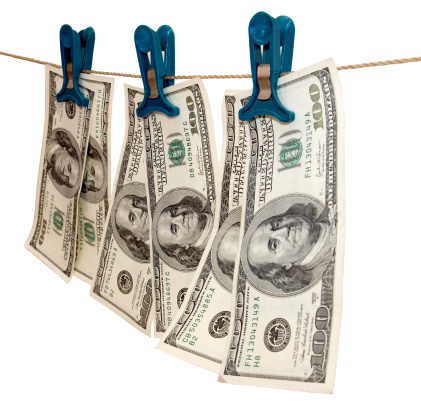When to Hold and When to Fold
With the U.S. market at historic highs, how do you know when to hold and when to fold? Here’s the best investment advice I’ve seen:
“Buy at the point of maximum pessimism; sell at the point of maximum optimism.” Sir John Templeton (1912 to 2008), known as the great contrarian.
I have always taken this to mean that, if you buy the same securities and at the same time as everyone else, you will get the same results as everyone else… which is to say, you will be average.
With the U.S. markets at historic highs, and logic (and simple math) telling us that returns over the next decade will be lower than the prior, we should be looking to move money in more dynamic markets. Of course, most ignore what’s right in front of their face and are now dumping cash in the U.S. stock market after being on the sidelines for the last few years. This makes no sense, but most buy on emotion and momentum rather then with their brains.
The investing masses expect the most from the market when the prospects are the worst and the least when things are at their best (prices at or near the bottom). You can do better. Don’t be a sucker who’s enthusiastic when stocks are expensive. Be that guy or gal who knows value, diversifies out of a bad market, and move your assets and investments to safety.
Want proof of what I am going on about? When the market was at its height in 2000, inflows were $288 billion. When stocks were cheap in 2002, inflows were a mere $13 billion. Don’t follow the herd, make your own way.
I’ll leave you with a bit of history on John Templeton.
At the outbreak of WWII, he bought nearly every NYSE listed company trading at $1 or less… and made money on just about every single one. It was a simple plan: identify weakness in the market and take advantage.
If the market is at a high, do the inverse, get the heck out.
Mr. Templeton was one of the first U.S. investors to see the benefits of diversifying out of America. As a result, $10,000 in to his flagship international fund in 1954 was worth $2 million by the time he retired in 1992.
The Templeton growth fund continues this strategy and has averaged an 18.3% return over the last 5 years.
If you’re considering investing offshore, we can help. We can set up an offshore foundation or offshore company, move your IRA to an offshore LLC and introduce you to quality banks and investors around the world.
If you want to get some of your assets out of the U.S., start by planting that first flag offshore in the form of an offshore company, foundation, and/or bank account.
We will be happy to work with you and we are the only experts providing both international formations AND U.S. tax compliance. We will ensure you are structured as efficiently as possible and keep you in compliance with the U.S. tax code. Feel free to phone or send an email to info@premieroffshore.com with any questions and for a free confidential consultation.










